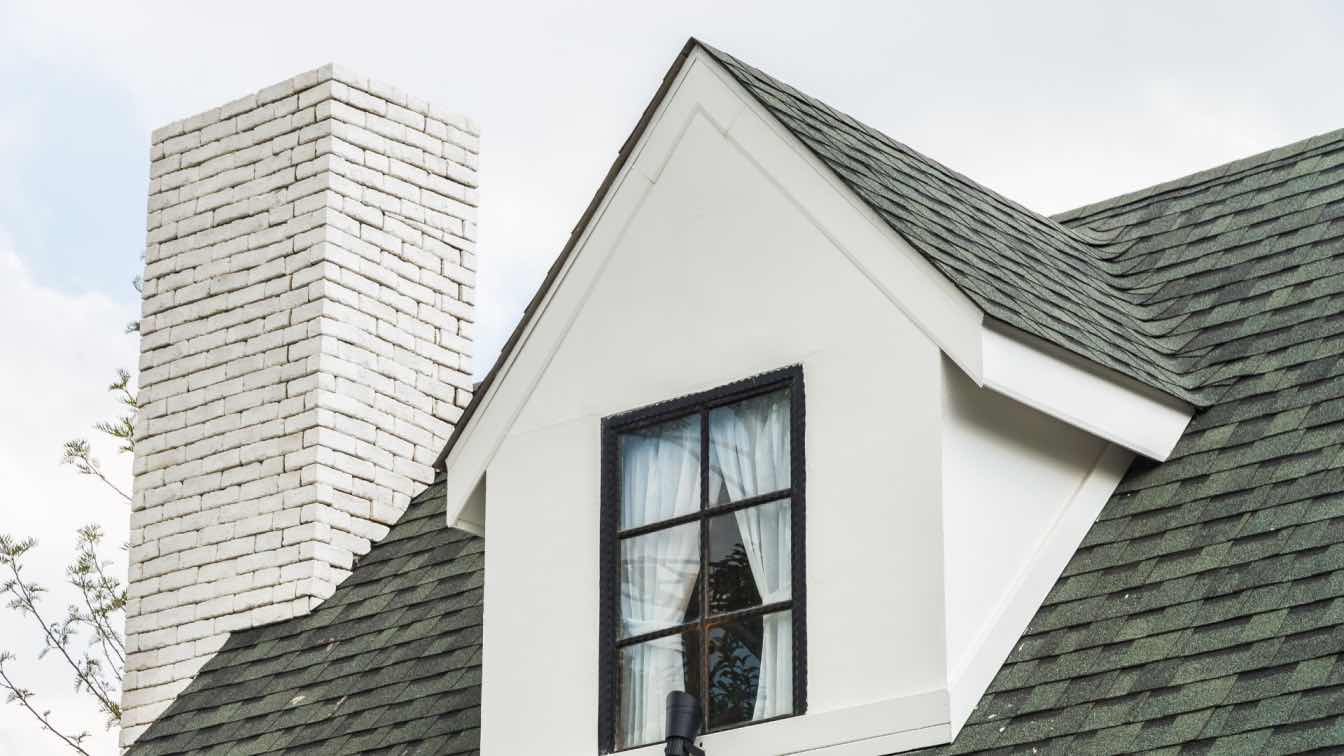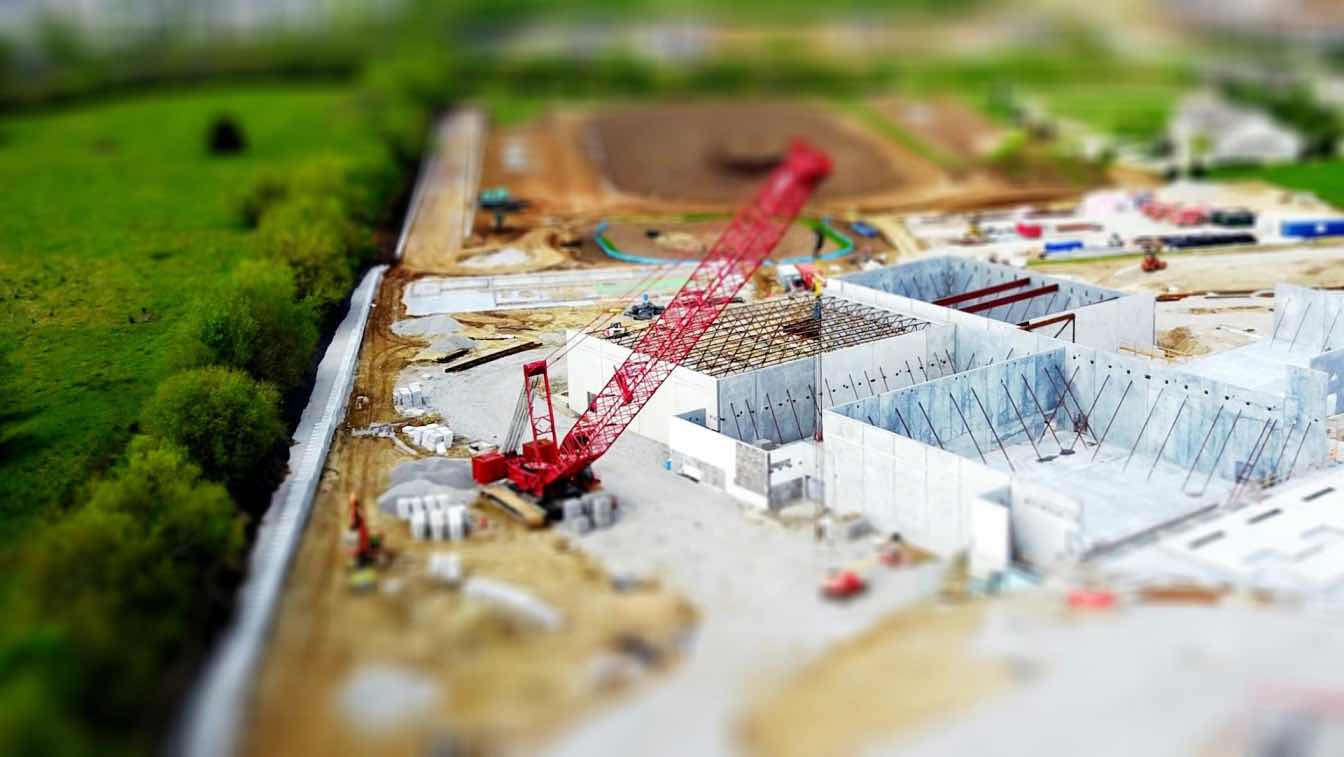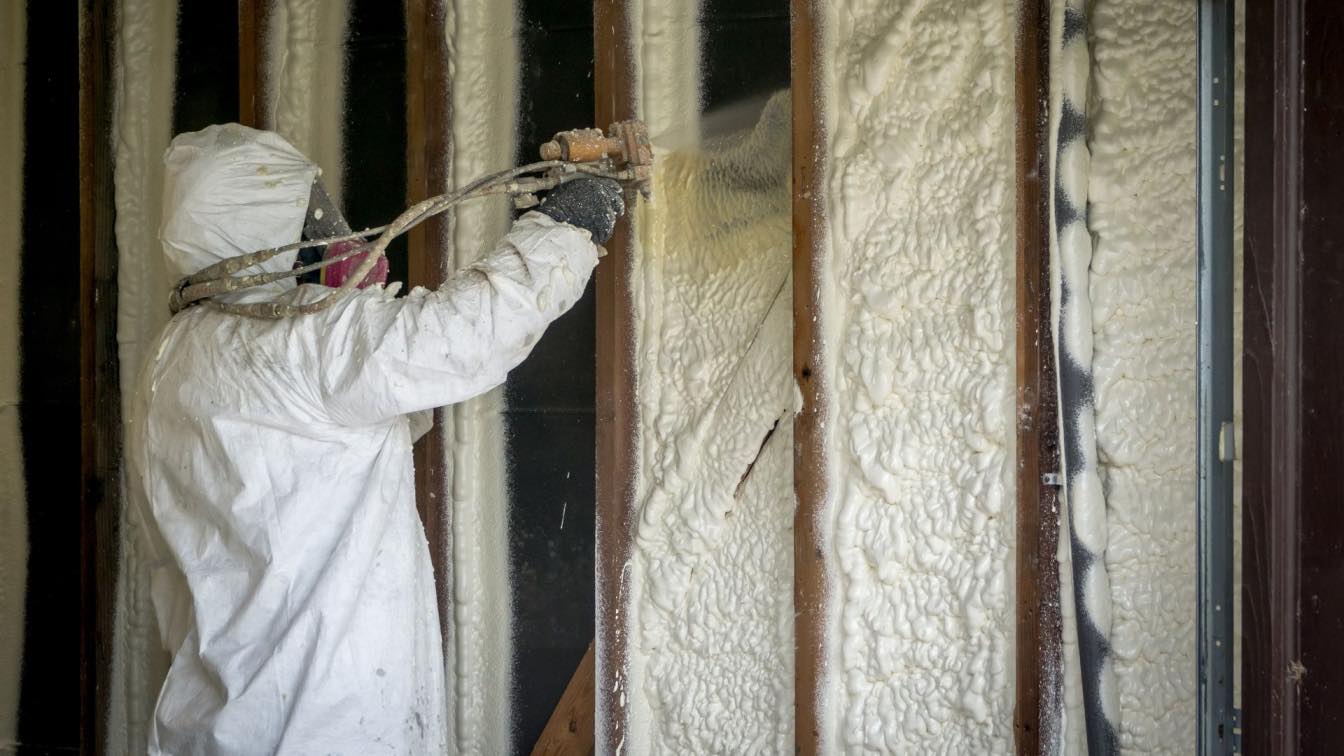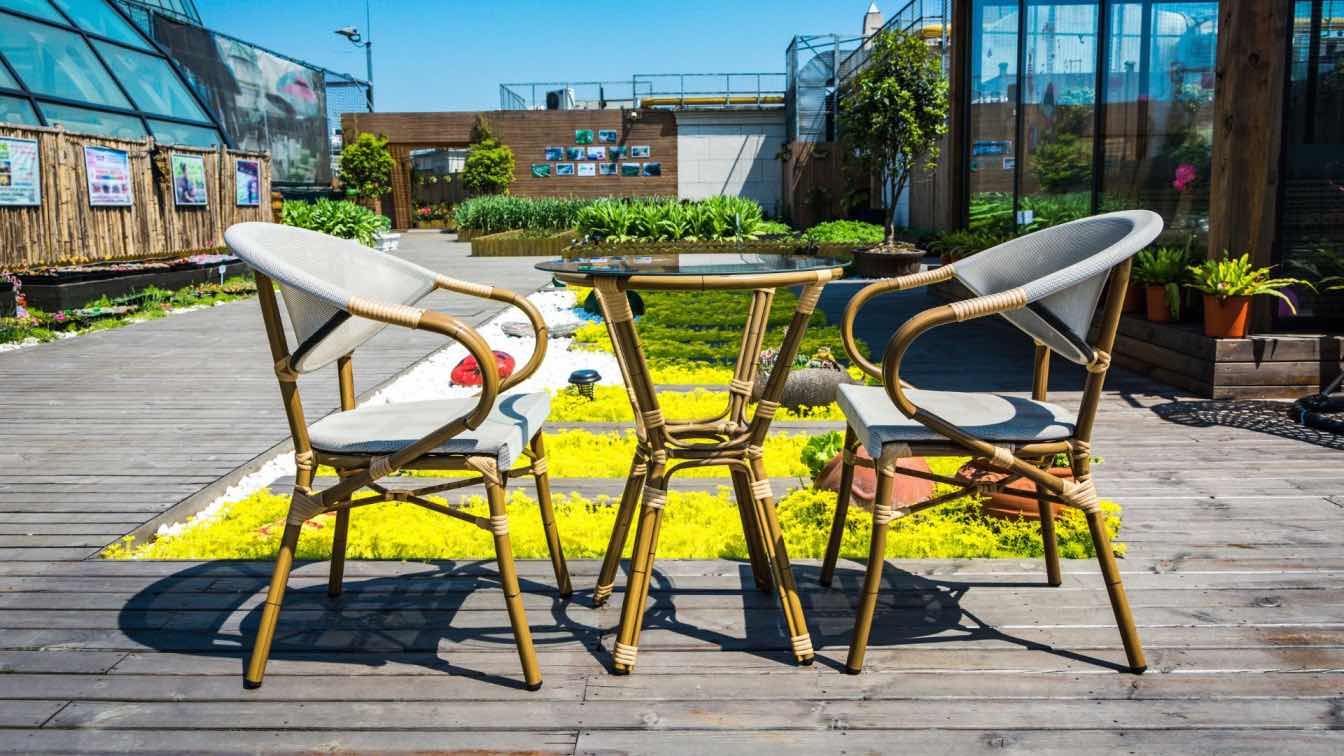Many homeowners focus on layout, color, and appliances when renovating or designing a kitchen. While those elements are crucial, the role of texture in timeless kitchen design is just as important. Texture adds dimension, contrast, and subtle sophistication that helps your kitchen remain stylish for years without feeling trendy or dated. Keep reading for tips on incorporating texture into your kitchen space.
Why Does Texture Matter in Kitchen Design?
Texture plays a significant role in how a space looks and feels. Visually, it adds depth and character, ensuring your kitchen design doesn’t feel uninspired. On a tactile level, textures influence how you interact with surfaces, from smooth marble countertops to coarse reclaimed wood shelves.
For instance, consider a kitchen with a sleek industrial aesthetic. The design risks appearing too sterile or cold without textured elements, such as a backsplash with a distinct pattern or matte finishes to contrast with high-gloss cabinetry. Balancing smooth, glossy surfaces with textured ones introduces warmth and dimension.
Strategies To Add Texture to Your Kitchen
Here are some effective ways to create textured depth in your space.
Use Contrasting Materials
Using a mix of materials can create a layered and sophisticated design. For example, a marble island paired with dark wooden cabinetry delivers natural texture while maintaining elegance. Incorporate some common ways to use stainless steel fabrications in home design to introduce an urban chic edge, such as sleek countertops, appliances, or shelving.
Focus on Textured Backsplashes
A backsplash is one of the kitchen’s most noticeable features. Opt for subway tiles with raised designs, natural stone panels, or even metal sheets for a tactile and eye-catching effect. Textured backsplashes break up the monotony of smooth surfaces while enhancing visual interest.
Incorporate Natural Elements
Nature is full of beautiful textures, so why not bring them into your kitchen? Wood, stone, and woven materials can add warmth and organic charm to any kitchen design. Consider adding a butcher block island countertop or open shelving made from reclaimed wood for an earthy touch. You could also incorporate some greenery with potted plants or a herb garden on your windowsill.
Avoid Common Mistakes
Understanding the role of texture in timeless kitchen design helps you avoid pitfalls. Textural overload can turn a space chaotic, while neglecting it may result in a dull and lifeless design. Similarly, rigid adherence to trends could sacrifice long-term functionality. These are all kitchen design mistakes you should avoid during renovation.
Bringing It All Together
A well-designed kitchen combines form and function, and texture is crucial in achieving that balance. It’s the difference between a kitchen that feels flat and one that feels alive. Texture brings personality into the space, from tactile stone to smooth metals and soft fabrics.
Thinking of redesigning your kitchen? Start exploring textured elements early in the process to achieve results that last a lifetime.





